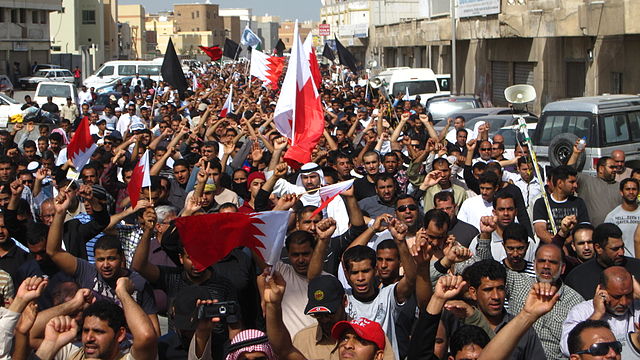Nationalism and Ethnicity in the Humanities
Volume 20, Issue 3
The geographies implied in ideas of ethnicity and nationality are not coterminous. National boundaries are historical artifacts, many of them drawn in the blood of wars, rather few a matter of landscape or physical geography alone. Nationhood and nationality, in the chief senses of these terms, have therefore been protean matters, subject to forces that require human beings to assume and celebrate identities that have their roots in political and military soils rather than in the claimed metaphysical bases of ‘blood’, ‘race’ or ‘Volk’; that is, an imposed ethnic inclusivity belied by the mingling of many ethnicities over time, given the fluidity of human populations.
Ethnicity (or ‘nationhood’ in a different, strictly ethnic sense), however, is another matter entirely, and some Heimat attitudes are specifically linked to the shared history, language, and cultural traditions – including beliefs – which are the principal themes of ethnic identity. Both Ashkenazi and Sephardic Jewish communities maintained a powerful sense of ethnic identity for many centuries without a physical homeland, although a notional one existed until the founding of Israel. The latter event recapitulates the trope that a people has to have a land – that a nation must have a place of nationality; it must be defined by physical borders as well as by the other properties of membership. A trope sharply contradicted by the fact that ethnicities overflow lines on maps everywhere.
The landscape for considerations about nations, nationality, and ethnicity is a confusing one. It cannot be mapped without the kind of engagement exemplified by the papers presented in this Special Issue: examination of specific matters and illumination of the individual jigsaw puzzle pieces out of which the bigger and far more complicated picture will develop. Particularity produces clarity, and it is only through careful examination of each piece in the puzzle, one by one, that it becomes possible to discern the true contours of these concepts.
Read the editor’s introduction here.
Read the full issue here.



